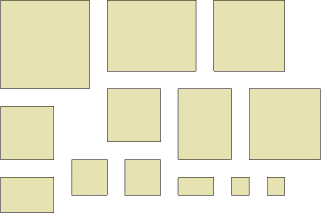Copyright © University of Cambridge. All rights reserved.
'The Big Cheese' printed from https://nrich.maths.org/
Show menu
Why do this problem?
This activity is a rich environment in which children can explore numbers, shapes and/or measures. It therefore has the potential to involve a lot of visualisation and calculation, and to stimulate lively discussion.
Possible approach
It would be helpful to introduce this activity using a model of the cheese, for example made out of multilink cubes. As you tell the story and explain how you're going to cut the cheese, ask learners to picture what the cheese will look like once the cut has been made. Invite some of them to describe the resulting block, before demonstrating what it looks like with the model itself. You
might like to ask the group to try the last few cuts for themselves in pairs rather than going through them all as a whole class.
Once all the cuts have been made, you could have models of the pieces from multilink, or you could have images of the pieces on the board. Before saying much else, ask children what they notice. This will bring up many interesting observations, some of which the children may wish to pursue, or you can make suggestions based on the text of the problem itself.
Allow children to choose the materials they need to work on their investigation. Some may be happy to visualise the cutting, others may need to use suitable materials like multilink or plasticene. All of them are likely to want to write and/or draw at some stage.
This activity lends itself to a 'messy maths wall' - a place where learners can contribute findings over an extended period. You can then plan to look together at everyone's work and talk about what they have explored.
If you are handy with materials you could have made all the thirteen cuboids and stuck them together with some tacky material beforehand.
Key questions
Tell me about the shapes that you've got.
Tell me about what you're doing.
Which is the biggest piece? How do you know?
Possible extension
Some learners could investigate what happens when the starting piece is a larger size. Encourage them to ask questions of their own: "I wonder what would happen if ...?"
For more extension work
This pupil could be presented with the same idea as using a $5$ by $5$ by $5$ piece of cheese but consider using a knife to carefully cut cubes from it. I would set the challenge to find all the different ways of cutting cubes (with as little waste as possible) from it. For example you can obviously cut $125$ cubes of size $1$ - so that's one way. Can you cut it to produce some other size as well as $1$'s? So, how many ways altogether?Possible support
Having cubes available will help pupils to make a start on this challenge, although some may need help from adults or peers when dismantling the cubes as they make the 'cuts'.
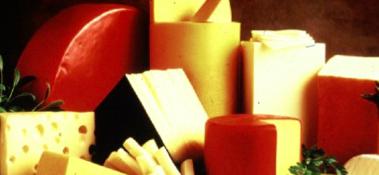

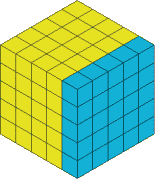 This now gets cut off and we have:
This now gets cut off and we have: 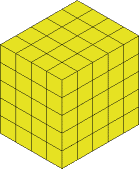
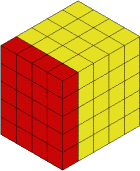 Wel the knife cuts and we are left with:
Wel the knife cuts and we are left with: 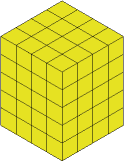
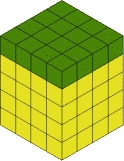 I'll remove that and I'm left with the $4$ by $4$ by $4$ cube
I'll remove that and I'm left with the $4$ by $4$ by $4$ cube





 and then onto:
and then onto:


